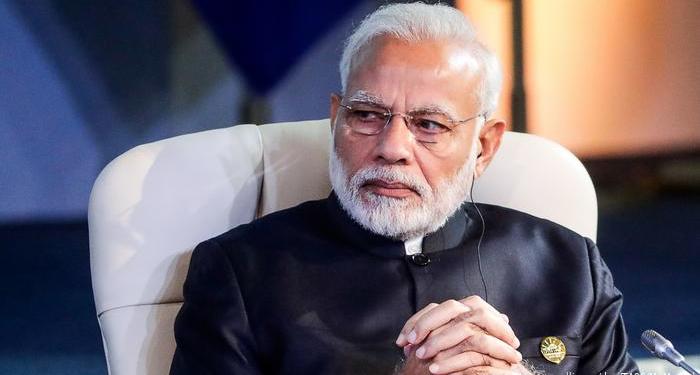Modi government has taken many steps to overhaul Indian bureaucracy and civil services in the last five years. Now the government plans to ‘rationalize’ 60 plus civil services which include IAS, IPS and IFS. The Department of Personnel and Training (DoPT) has prepared five year vision document to reform the infamously lethargic and inefficient Indian Civil Services.
“Rationalising the services essentially means reducing the number down from the existing 60-plus civil services to about three-four,” said a DoPT official on the condition of anonymity. “The idea was proposed last year by NITI Aayog and the government will now seek to implement it,” the official added.
At present there are more than 25 Group A civil services and more than 30 Group B services. The Modi government might classify 60 plus civil services into three broad groups. “One way of doing it is dividing the services into Indian Administrative Service, which would include all non-technical services; the Indian Police Service that would include all security-related services and the Indian Technical Services, which would include all technical services,” said the official. “This is just one idea doing the rounds…the services could be rationalised in other ways too,” added the official.
Earlier NITI Aayog dedicated a whole chapter on Civil Services reforms in ‘Strategy for New India @75’. The think tank recommended conducting a single exam with an All India ranking for the services. “The existing 60-plus separate civil services at the central and state level needs to be reduced through rationalisation and harmonisation of services,” reads the document.
“Recruits should be placed in a central talent pool, which would then allocate candidates by matching their competencies and the job description of the post. Concomitantly, the number of exams for civil services should ideally be brought down to one with all India ranking. States may also be encouraged to use this pool for recruitments,” it added.
The administrative reforms have been priority of the Modi government in last five years. Earlier the government had introduced the ‘lateral entry’ scheme into the civil services, whereby it has invited applications for ten posts of joint secretaries in different ministries under the central government.
PM Modi has always laid stress on bureaucratic reforms and efficiency in governance as well as policy-making. This move demonstrates how the Modi government is living up to its promises. It is true that the IAS and other civil service cadres consist of several hard-working and capable individuals but it is also true that many others are also prone to lethargy, inefficiency and corruption.
Until Modi government, there was no challenge or need faced by the Indian bureaucracy to reform. It allowed the bureaucrats to be complacent at times. We can vote out an inefficient government but the bureaucrats are there to stay in the long run. Now, the lateral entry scheme which had been recommended by a committee of secretaries as well as the NITI Aayog, will put pressure on the existing bureaucracy driving it to improve its performance record.































